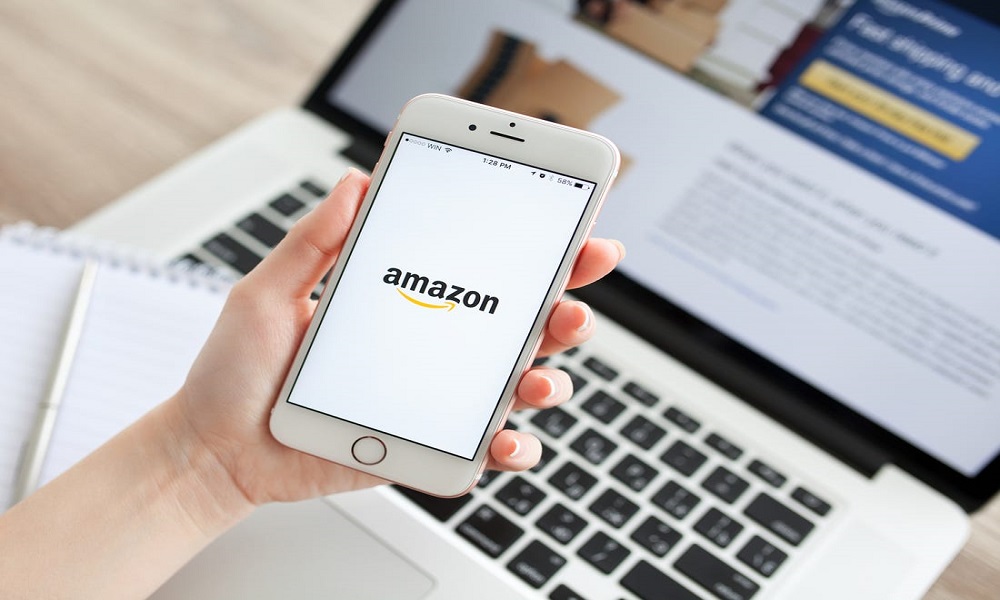As we step into 2024, the digital landscape for marketing a small business continues to evolve at a rapid pace. Navigating this dynamic world can be daunting, yet small business owners need to stay ahead of the curve. In this comprehensive guide, we’ll explore the most effective online marketing strategies tailored for small businesses in 2024.
From leveraging social media platforms to exploring emerging digital trends, we’ll provide you with actionable insights and tips to enhance your online presence and connect with your audience. Whether you’re a startup or an established business looking to expand your digital footprint, these strategies will help you maximize your online marketing potential and drive your business forward.
Harnessing The Power Of Social Media: Beyond The Basics
Social media remains a powerhouse for small business marketing, but it’s no longer just about having a presence – it’s about strategic engagement. Businesses should focus on platforms where their target audience is most active and tailor content to suit each platform’s unique environment. Interactive and visually appealing content, such as live videos, stories, and AR filters, can significantly boost engagement.
Additionally, leveraging social media analytics tools for insights into customer behavior and preferences is crucial. By creating a strong, authentic brand voice and engaging directly with customers through comments and messages, businesses can build a loyal community, turning followers into customers.
WhatsApp Marketing: Connecting with Customers On A Personal Level
WhatsApp marketing continues to stand out as a highly effective tool for small businesses, especially when leveraging advanced WhatsApp marketing software. This software enables businesses to automate and streamline their communication, making it easier to manage large volumes of messages and maintain personal connections with customers.
Features like automated responses, chatbots, and broadcast lists allow for efficient and personalized communication at scale. Businesses can use these tools to send timely updates, promotional messages, and personalized greetings, enhancing customer engagement.
Additionally, WhatsApp marketing software often includes analytics capabilities, helping businesses to track engagement and refine their strategies. By utilizing this software, small businesses can maximize the impact of their WhatsApp marketing efforts, fostering stronger customer relationships and loyalty.
Email Marketing: Personalized Way Of Marketing A Small Business
Email marketing continues to be a vital tool for small businesses, with personalization at its core. Crafting personalized emails that resonate with your audience can significantly increase open rates and conversions. Segmenting your email list based on customer behavior and preferences allows for more targeted and relevant messaging.
Automation tools can help in sending timely and personalized emails triggered by specific actions, like welcoming new subscribers or following up on abandoned carts. Moreover, integrating interactive elements such as polls, surveys, and clickable CTAs can enhance user engagement. A well-executed email marketing strategy not only drives sales but also strengthens customer relationships.
Leveraging SEO For Long-Term Success
Search Engine Optimization (SEO) remains a fundamental aspect of online marketing for small businesses. A strong SEO strategy ensures your business appears prominently in search results, driving organic traffic to your website. Focus on optimizing your website with relevant keywords, quality content, and a mobile-friendly design.
Regularly updating your blog with informative and engaging content can establish your business as an industry authority. Local SEO is especially crucial for small businesses, so ensure your local listings are up-to-date and you’re leveraging location-based keywords. Remember, SEO is a long-term strategy; consistent efforts and staying updated with Google’s algorithm changes are key to success.
Video Marketing: The Era Of Authentic Storytelling
Video marketing continues to dominate in 2023, with a shift towards authentic storytelling. Customers crave genuine, relatable content, making it essential for small businesses to create videos that resonate on a personal level. Focus on producing high-quality, informative, and entertaining videos that showcase your brand’s personality and values.
Platforms like YouTube, Instagram, and TikTok offer vast audiences for diverse video content, from educational how-tos and product demos to behind-the-scenes glimpses and customer testimonials. Live streaming also presents an opportunity for real-time engagement.
With the increasing accessibility of video production tools, businesses of any size can harness the power of video marketing to captivate and connect with their audience.
Influencer Collaborations: Leveraging Credibility And Reach
In 2023, influencer marketing continues to thrive, offering small businesses a chance to leverage the credibility and reach of popular online personalities. Working alongside influencers who align with the values of your brand and resonate with your prospective audience can largely amplify your marketing message.
These collaborations can range from sponsored posts and product reviews to joint live streams and giveaways. It’s not just about the number of followers; micro-influencers with a highly engaged audience can often offer more value.
The authenticity and trust that influencers have cultivated with their followers can lead to increased brand awareness and loyalty, driving both traffic and conversions for small businesses. It takes marketing a small business to another level.
Pay-Per-Click (PPC) Advertising: Maximizing ROI
Pay-per-click (PPC) advertising remains a vital part of online marketing strategies, especially for small businesses looking for measurable ROI. Platforms like Google Ads and social media ads offer targeted advertising options to reach potential customers based on demographics, interests, and behaviors.
The key to successful PPC is creating compelling ad copy, choosing the right keywords, and continuously optimizing based on performance data. Utilize A/B testing to determine which ads perform best and adjust your strategy accordingly.
PPC can drive immediate traffic and conversions, but it requires careful budget management and ongoing analysis to ensure you’re getting the most out of your investment.
Mobile Optimization: Catering To The On-The-Go Consumer
Mobile optimization is no longer optional for small businesses – it’s essential. With the majority of online interactions occurring on mobile devices, ensuring your website and content are mobile-friendly is crucial.
This includes responsive web design, fast loading times, and easy navigation. Mobile optimization extends to all aspects of your online presence, from emails being easily readable on mobile devices to ensure your social media content is engaging on smaller screens.
Additionally, consider mobile-specific strategies like SMS marketing or mobile apps to further engage your mobile audience. Catering to the on-the-go consumer can significantly enhance user experience and increase engagement and conversions.
Final Thoughts
In the ever-evolving world of online marketing, making data-driven decisions is key to success in 2024. Utilizing analytics tools to track and analyze your marketing efforts is essential in understanding what works and what doesn’t. Regularly review metrics such as website traffic, conversion rates, engagement rates, and ROI across all your marketing channels.
This data allows you to refine your strategies, allocate your budget more effectively, and personalize your marketing efforts. Staying agile and responsive to data trends can help you stay ahead of the competition. In a landscape inundated with information, the ability to decipher and utilize this data effectively can make a significant difference in the success of your small business’s online marketing efforts.
Read Also:























All Comments
Restore CBD Ingredients
very informative articles or reviews at this time.